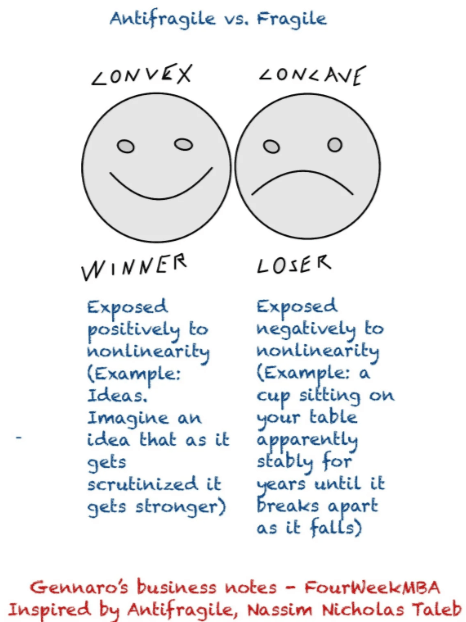The sobering news about what the news is doing to you
Simon Turner
Mon 12 Aug 2024 4 minutesWhen was the last time you met an investor who wasn’t checking the financial news and their stock prices on a daily, or even hourly, basis? It’s probably been a while. The vast majority of us have become somewhat addicted to being constantly plugged into the financial world.
But few investors are aware of what this constant exposure to financial news and data is doing to their investing.
The trees are disappearing into the wood
Most of us start our investing journeys being able to see the wood for the trees.
But the more news and data we digest in the interests of being informed, the blurrier the wood becomes.
Nassim Nicholas Taleb, the author of Antifragile, explains what’s going on: ‘The more frequently you look at data, the more noise you are disproportionally likely to get (rather than the valuable part, called the signal); hence the higher the noise-to-signal ratio.’
This concept of the noise-to-signal ratio is super important when it comes to digesting news and data as there’s a strong relationship between the regularity of news consumption and the amount of noise our brains absorb.
Nassim Nicholas Taleb continues: ‘There is a confusion which is not psychological at all, but inherent in the data itself. Say you look at information on a yearly basis, for stock prices, or the fertilizer sales of your father-in-law’s factory, or inflation numbers in Vladivostok. Assume further that for what you are observing, at a yearly frequency, the ratio of signal to noise is about one to one (half noise, half signal)—this means that about half the changes are real improvements or degradations, the other half come from randomness. This ratio is what you get from yearly observations.
But if you look at the very same data on a daily basis, the composition would change to 95 percent noise, 5 percent signal. And if you observe data on an hourly basis, as people immersed in the news and market price variations do, the split becomes 99.5 percent noise to 0.5 percent signal. That is two hundred times more noise than signal—which is why anyone who listens to news (except when very, very significant events take place) is one step below sucker.’
‘Sucker’ is a strong word but it’s hard to argue with those numbers.
There are very few investors who are monitoring financial markets on an hourly basis who are able to see through the 99.5% of news that’s actually noise to delineate the 0.5% of valuable signals.
This is why watching your stock prices and the financial news on an hourly or daily basis is literally destroying your investment results—as well as your piece of mind.
Explore 100's of investment opportunities and find your next hidden gem!
Search and compare a purposely broad range of investments and connect directly with product issuers.
Aiming for anti-fragility as an investor
Sticking with Nassim Nicholas Taleb’s advice: ‘Don’t aim for perfect. Aim to be anti-fragile.’
In general, anti-fragile means becoming more robust when exposed to stressors, uncertainty, or risk.

A good example is an activity as commonplace as going to the gym. The difference between an anti-fragile and a fragile mind-set is the difference between pushing through the pain to become stronger and stopping at the first signs of challenge. It’s the difference between Arnold Schwarzenegger and Frank Spencer.
For investors, being anti-fragile means turning volatility and challenge into an opportunity to turn yourself into a better investor.
That means changing your habits to ensure you’re not being made a sucker of by the constant onslaught of financial information that so easily available these days.
In gym terms, it’s the equivalent of avoiding junk food to ensure your hard work is translated into results.
Turn down the noise for better results
Thinking about how the signal-to-noise ratio changes the more often you digest financial data could lead to game-changing habit changes that allow you to once again see the wood for the trees. This could well be the biggest challenge facing investors today, not least because so many investors have become financial news junkies.
Self-discipline is the name of the game.
Disclaimer: This article is prepared by Simon Turner. It is for educational purposes only. While all reasonable care has been taken by the author in the preparation of this information, the author and InvestmentMarkets (Aust) Pty. Ltd. as publisher take no responsibility for any actions taken based on information contained herein or for any errors or omissions within it. Interested parties should seek independent professional advice prior to acting on any information presented. Please note past performance is not a reliable indicator of future performance.







